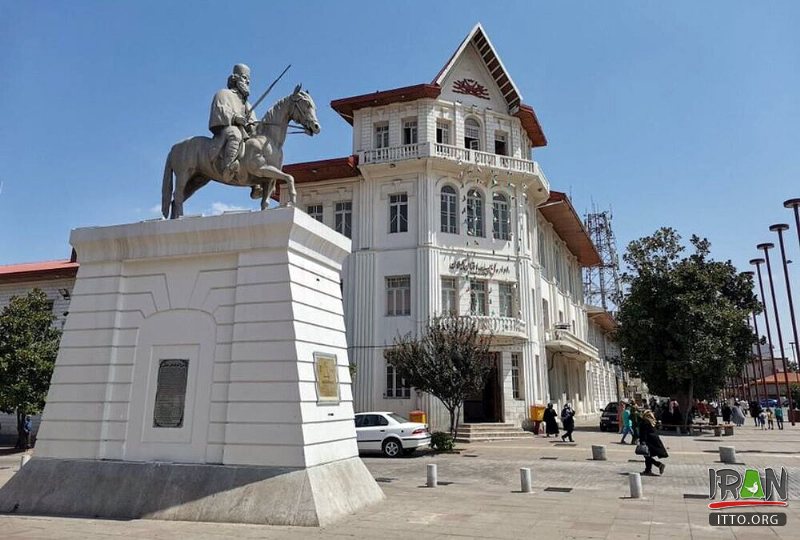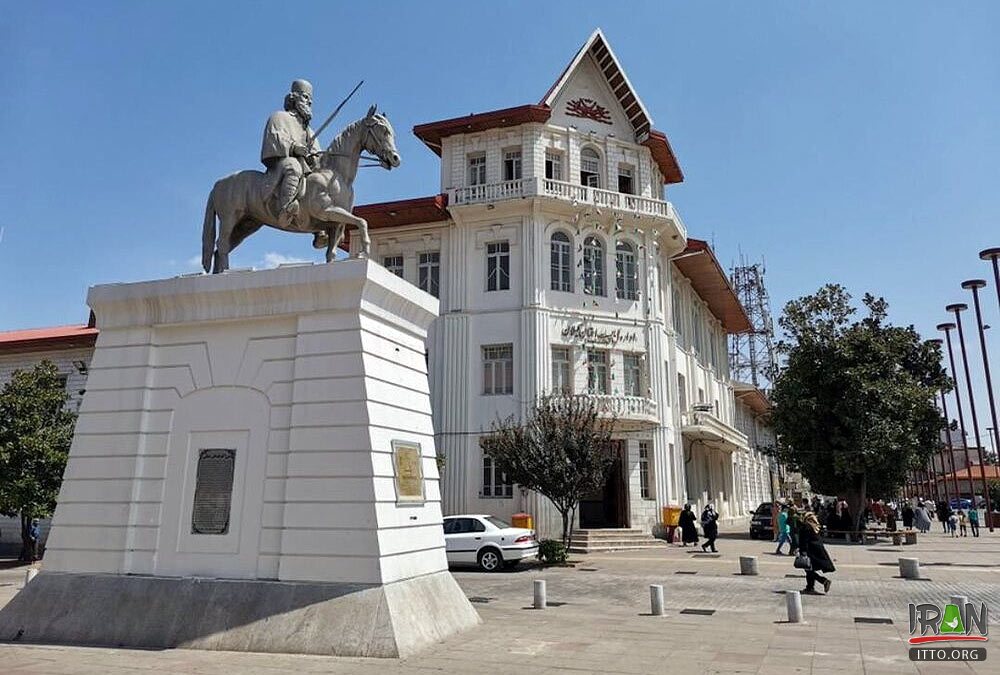The inauguration ceremony was attended by the CEO of the National Post Company, Ramezan-Ali Sobhanifar who also doubles as the deputy minister of Information and Communications Technology (ICT), and several cultural officials and cultural heritage experts.
A selection of stamps printed before and after the 1979 Islamic Revolution and a collection of envelopes and rare foreign letters, as well as a collection of old items in the field of communication, are on display in this
museum, which is the first of its kind in the world, said The director of the Post and Communications Museum, Hassan Amidi.
The museum aims at educating children in various fields of communication and media as well as promoting the culture of post by holding communication courses and classes, the official added.
The private stamp collectors are also welcomed to display their collections in the museum, he explained.
He also noted that the second Post-Museum-School is scheduled to be inaugurated in Delgan county, southeastern province of
Sistan-Balouchestan in the near future.
It was only in 1851 when the government of Iran started to produce its own stamps, thus the creation of a unique mailing and communication arrangement.
It was through the Naser-e-Din Shah
Qajar’s (1848–1896) that the postal system in Iran has begun developing.
He was inspired by the reported successes of a postal system in many regions, so he decided to send a group to France to study the system and launch it in IRAN.
Sophisticated
Rasht, capital of
Gilan province, has long been a weekend escape for residents of
Tehran who are looking to sample the famous local cuisine and hoping for some pluvial action – it's the largest, and wettest town in the northern region. Bounded by the
Caspian Sea and the Republic of Azerbaijan on the north,
Gilan, in the far past, was within the sphere of influence of the successive
Achaemenid, Seleucid, Parthian, and
Sassanid empires that ruled Iran until the 7th century CE



